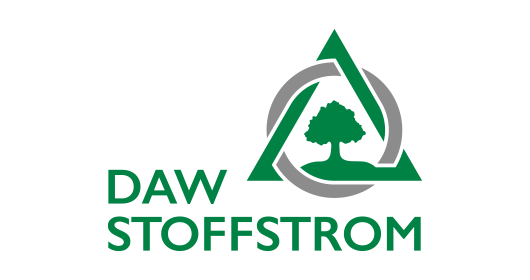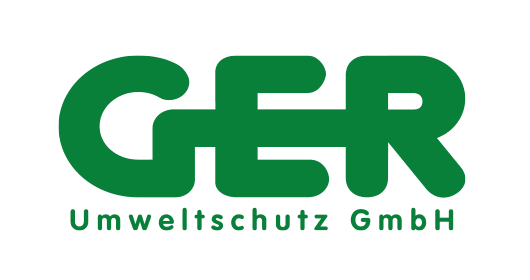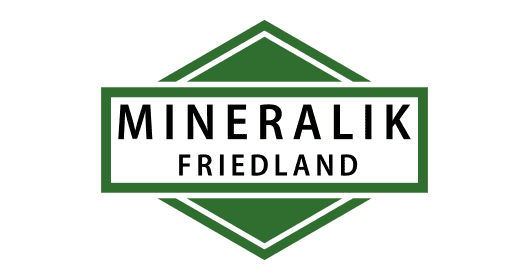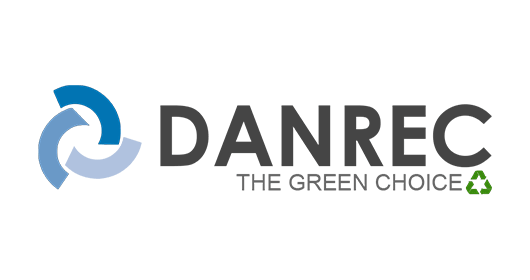Waste treatment solutions for all types of waste
The disposal facilities belonging to the DAW group offer all current methods to treat, recycle and dispose of waste.
Mechanical-biological treatment
- Processing of domestic waste and of household-type industrial and commercial waste
- Separation of metals and high-calorific elements for energetic recovery. After treatment the fraction destined for landfilling shows a very small residual biological activity and is then deposited.
- Production of substitute fuels using the Stabilat process: Dewatering through biological means, followed by processing the mixture into reusable fractions such as substitute fuels and metals
Chemico-physical treatment
Soil treatment
- Treatment of all kinds of mineral waste
- Dry mechanical processing by means of breaking, sieving, grading and separating
- Soil biological treatment followed by recycling
- Production of substitute building material which is then used in building projects
- Recycling or disposal of treated fractions in landfills or by thermal soil treatment
Soil washing
- Treatment of waste such as soils and construction waste contaminated with organogenic and heavy metals, residues from grit chambers, abrasives, dredged material, contaminated sludges, landfill leachate, or track ballast by means of chemico-physical soil washing
- The harmful substances are removed by scrubbing, concentrated and then disposed of
- Washed fractions can be recycled
Solidification
Sorting and recycling of construction, commercial, industrial, bulky and household waste
Production of substitute fuels
Treatment of bio-waste/composting
Thermal recovery
Intermediate storage
Backfilling of obsolete mines
Landfilling
Chemical Recycling
- Recycling of chemicals, solvents, and other waste using chemical recycling and packaging technology.
- Examples include acids (e.g., sulfuric, phosphoric, and hydrochloric acid), alkalis (e.g., caustic potash, caustic soda), and solvents (e.g., isopropanol).
- Examination of the waste to be disposed of and testing for potential reuse on the secondary market in compliance with the legal requirements of the chemicals market, such as the EU REACH and CLP regulations.
- Grinding and repackaging of hardened salts, production of solutions from solids, adjustment of desired concentrations of liquid chemicals, filling into containers according to customer requirements.
- Documentation is carried out in accordance with §5 of the German Closed Substance Cycle Waste Management Act and chemical law.






